Introduction

Steel tube cutting machines have emerged as essential tools in various industries, enabling manufacturers to achieve high-quality cuts with minimal waste. These metal cutting machines are not just about slicing through metal; they represent a blend of innovation and technology that enhances productivity across the board.
Why Steel Tube Cutting Machines Matter
Steel tube cutting machines play a crucial role in modern fabrication processes, providing the ability to cut tubes and pipes with remarkable accuracy. Their significance lies in their versatility; whether you're producing components for automotive applications or constructing frameworks for buildings, these machines ensure that every piece is crafted to perfection. Without efficient steel cutters, many industries would struggle to meet the demands of precision engineering.
Key Benefits of Advanced Technology
The advancements in technology have revolutionized metal cutters, making them faster and more efficient than ever before. Features such as automation and CNC integration allow for consistent quality while reducing human error—an invaluable asset in any production line. Additionally, modern steel cutting machines come equipped with user-friendly controls that enable operators to switch between tasks seamlessly, maximizing output without compromising on quality.
Understanding Different Applications
The applications of tube cutting machines extend far beyond simple metalwork; they span various sectors including construction, automotive, aerospace, and energy production. Each industry has unique requirements that these specialized machines can cater to—whether it's creating intricate designs or producing large volumes of uniform parts. Understanding these diverse applications helps businesses select the right steel cutter for their specific needs while optimizing their manufacturing processes.
Overview of Steel Tube Cutting Machines
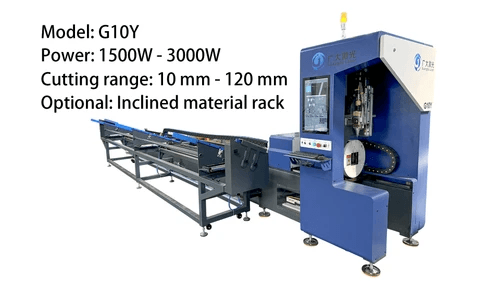
When it comes to precision and efficiency in manufacturing, steel tube cutting machines are the unsung heroes of the industry. These metal cutting machines come in various forms, each designed to tackle specific tasks with speed and accuracy. Understanding the different types of steel cutters available can help businesses streamline their operations and enhance productivity.
Types of Steel Tube Cutting Machines
There are several types of steel tube cutting machines that cater to diverse needs within different industries. From traditional band saws to advanced laser and plasma cutters, each machine offers unique advantages depending on the application. For instance, a pipe cutting machine is ideal for larger diameter tubes, while a compact tube cutting machine excels in tight spaces or smaller projects.
Additionally, CNC (Computer Numerical Control) machines have revolutionized how metal cutters operate by offering unparalleled precision and automation capabilities. This means that manufacturers can achieve consistent results with minimal human intervention, reducing errors and increasing output quality. The choice between these various types ultimately depends on specific project requirements like material thickness, shape complexity, and production volume.
How Metal Cutters Work
Metal cutters operate through various mechanisms depending on the technology used—be it laser beams or high-velocity plasma arcs. In essence, a steel cutting machine employs a focused energy source to melt or vaporize the material at the cut line while simultaneously removing waste material for a clean finish. This process not only ensures precision but also minimizes heat-affected zones that could compromise structural integrity.
Moreover, many modern steel tube cutting machines come equipped with advanced software that allows operators to design cuts digitally before execution. This capability enhances efficiency by reducing setup time and enabling quick adjustments based on changing project specifications. Whether you’re using a high-powered laser cutter or an efficient plasma cutter, understanding how these metal cutting machines work will empower you to maximize their potential.
Choosing the Right Equipment
Selecting the right equipment for your needs is crucial when investing in a steel tube cutting machine or any type of metal cutter. Factors such as material type, thickness, required tolerances, and production volume should all play significant roles in your decision-making process. For example, if you're primarily working with stainless steel tubes requiring intricate designs, investing in a high-quality laser cutter may be more beneficial than opting for traditional methods.
Additionally, consider future scalability; choosing versatile equipment can save costs down the line as your business grows or diversifies its offerings. It’s also wise to consult with industry experts or suppliers who can provide insights into which models have proven effective in similar applications—after all, knowledge is power!
Essential Features of Metal Cutting Machines
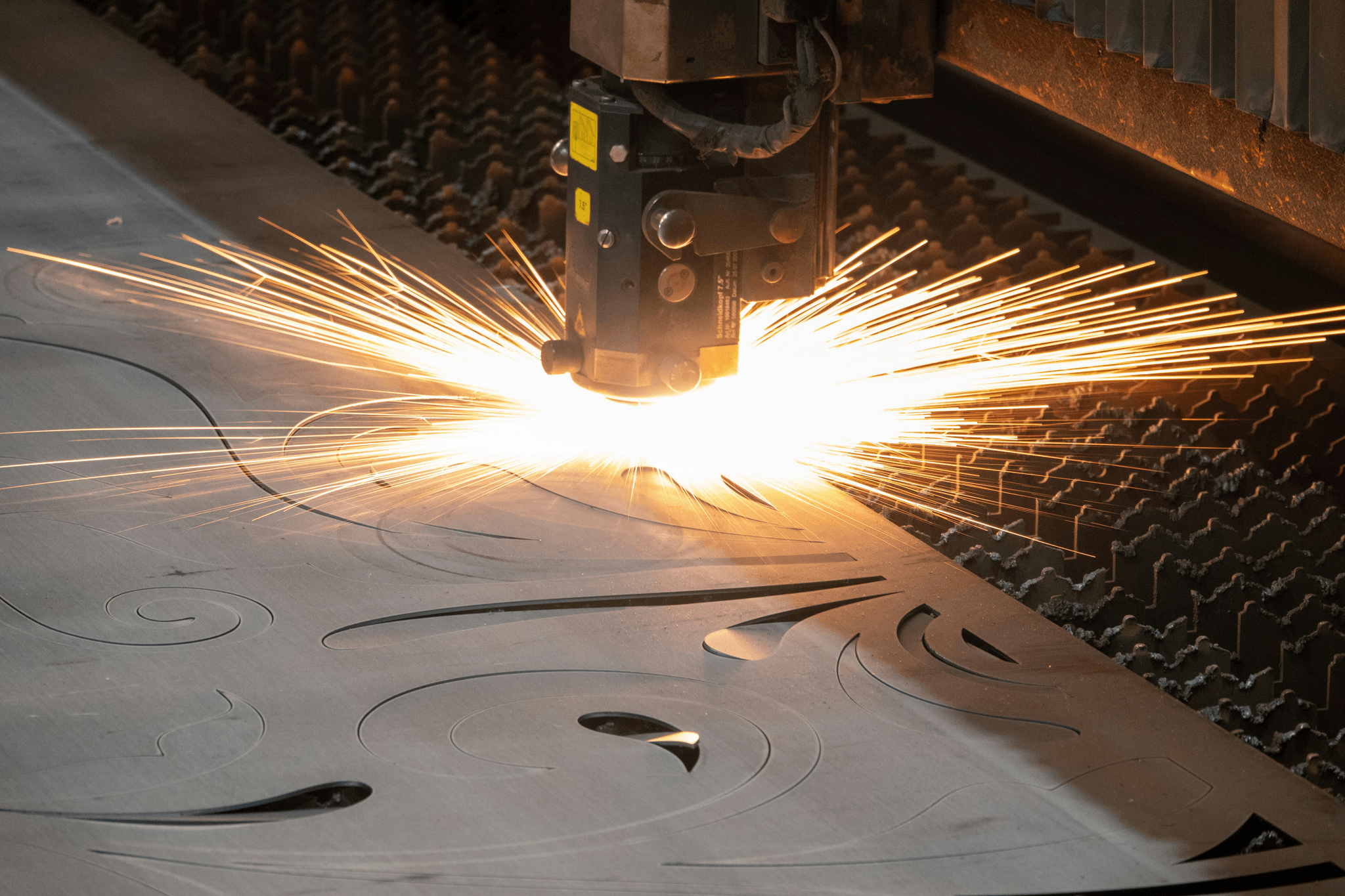
When it comes to selecting a metal cutting machine, understanding its essential features can make all the difference in your manufacturing process. These machines are not just about brute force; they integrate precision, speed, and user-friendly controls to ensure that you get the best results every time. Whether you’re in the market for a steel tube cutting machine or a pipe cutting machine, knowing what to look for is crucial.
Precision Cutting Capabilities
Precision is king when it comes to metal cutters, especially in industries where accuracy can make or break a project. A steel cutter that boasts high precision capabilities ensures that every cut is clean and exact, reducing waste and improving overall efficiency. With advanced technology integrated into these machines, users can achieve tolerances as tight as ±0.1 mm, making them ideal for applications requiring meticulous attention to detail.
In addition to accuracy, many modern steel cutting machines come equipped with features like automatic calibration and real-time feedback systems that further enhance their precision cutting capabilities. This means less time spent on adjustments and more focus on production. Ultimately, investing in a metal cutting machine with top-notch precision will not only save materials but also contribute significantly to your bottom line.
Speed and Efficiency Factors
In today's fast-paced manufacturing environment, speed is of the essence; no one wants their operations bogged down by slow machinery. Advanced tube cutting machines are designed with high-speed motors and optimized cutting paths that allow for rapid processing without sacrificing quality. This efficiency translates into shorter lead times and increased productivity—two factors any business would want to capitalize on.
Moreover, efficient metal cutters often feature multi-tasking capabilities; they can perform several functions simultaneously—like cutting while measuring—further enhancing output rates. The right steel cutter can dramatically reduce cycle times while maintaining consistent quality across all cuts. Investing in a speedy steel cutting machine means you’re not just keeping up with demand; you’re staying ahead of the competition.
User-Friendly Controls
Let’s face it: no one wants to wrestle with complicated machinery when there’s work to be done! User-friendly controls are vital in ensuring that operators can quickly learn how to use metal cutting machines effectively without extensive training sessions or headaches along the way. Many modern steel tube cutting machines come equipped with intuitive interfaces featuring touchscreen controls that simplify operation.
Additionally, these user-friendly systems often include preset programs for common tasks which streamline workflows even further—perfect for busy shop floors! Ergonomic designs also play a role here; easy access points for maintenance mean less downtime spent fiddling around with equipment issues. Ultimately, choosing a pipe cutting machine with user-centric controls will empower your team while maximizing productivity.
Advanced Technology in Steel Cutters
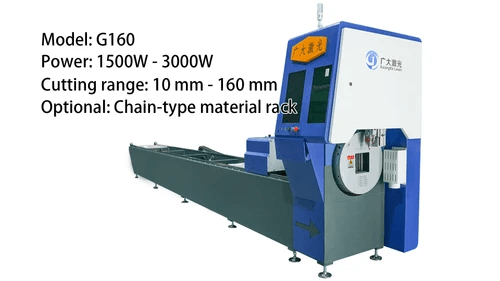
In the fast-evolving world of manufacturing, steel tube cutting machines have embraced advanced technology that enhances their capabilities and efficiency. This section delves into the cutting-edge innovations that are transforming metal cutters, making them indispensable in various industries. From laser and plasma cutting techniques to automation and real-time monitoring systems, these advancements are setting new standards for precision and productivity.
Laser vs. Plasma Cutting
Laser cutting machines utilize focused light beams to achieve high precision with minimal material wastage, making them ideal for intricate designs or thin materials. On the other hand, plasma cutting machines use ionized gas to cut through thicker metals more quickly, proving advantageous for heavy-duty applications like pipe cutting machines where speed is essential.
Each method has its unique strengths; while laser cutters excel in detail-oriented tasks, plasma cutters dominate in speed and thickness handling. Choosing between these technologies often boils down to specific project requirements—whether you need a clean edge or rapid throughput can dictate your choice of metal cutting machine. Ultimately, both technologies contribute significantly to enhancing the efficiency of tube cutting machines across various sectors.
Automation and CNC Integration
The integration of automation and CNC (Computer Numerical Control) technology in steel tube cutting machines has revolutionized how manufacturers operate their metal cutters. With CNC integration, operators can program complex cuts with remarkable accuracy, reducing human error and increasing production rates significantly. This advancement allows for seamless transitions between different projects without the need for extensive manual adjustments on the steel cutter.
Automation also brings benefits such as reduced labor costs and increased operational efficiency; fewer workers are needed on-site when machines can handle repetitive tasks autonomously. Moreover, modern pipe cutting machines equipped with CNC capabilities can adapt quickly to design changes or custom specifications without compromising quality or speed. In essence, automation transforms traditional metal cutting processes into streamlined operations that boost overall productivity.
Real-Time Monitoring Systems
Real-time monitoring systems are becoming an essential feature in modern steel cutting machines as they provide invaluable insights into machine performance and operational status. These systems allow operators to track parameters such as temperature, pressure, and material feed rates continuously—ensuring optimal performance at all times while minimizing downtime caused by unforeseen issues. By leveraging this technology, manufacturers can proactively address potential problems before they escalate into costly repairs.
Additionally, real-time monitoring enhances quality control by enabling immediate feedback on cut precision and consistency across batches of products produced by metal cutters like tube or pipe-cutting machines. This capability not only ensures compliance with industry standards but also boosts customer satisfaction through reliable delivery of high-quality products. As we move forward into a more digitally connected manufacturing landscape, embracing real-time monitoring will be key for businesses looking to stay ahead of the competition.
Applications of Tube Cutting Machines
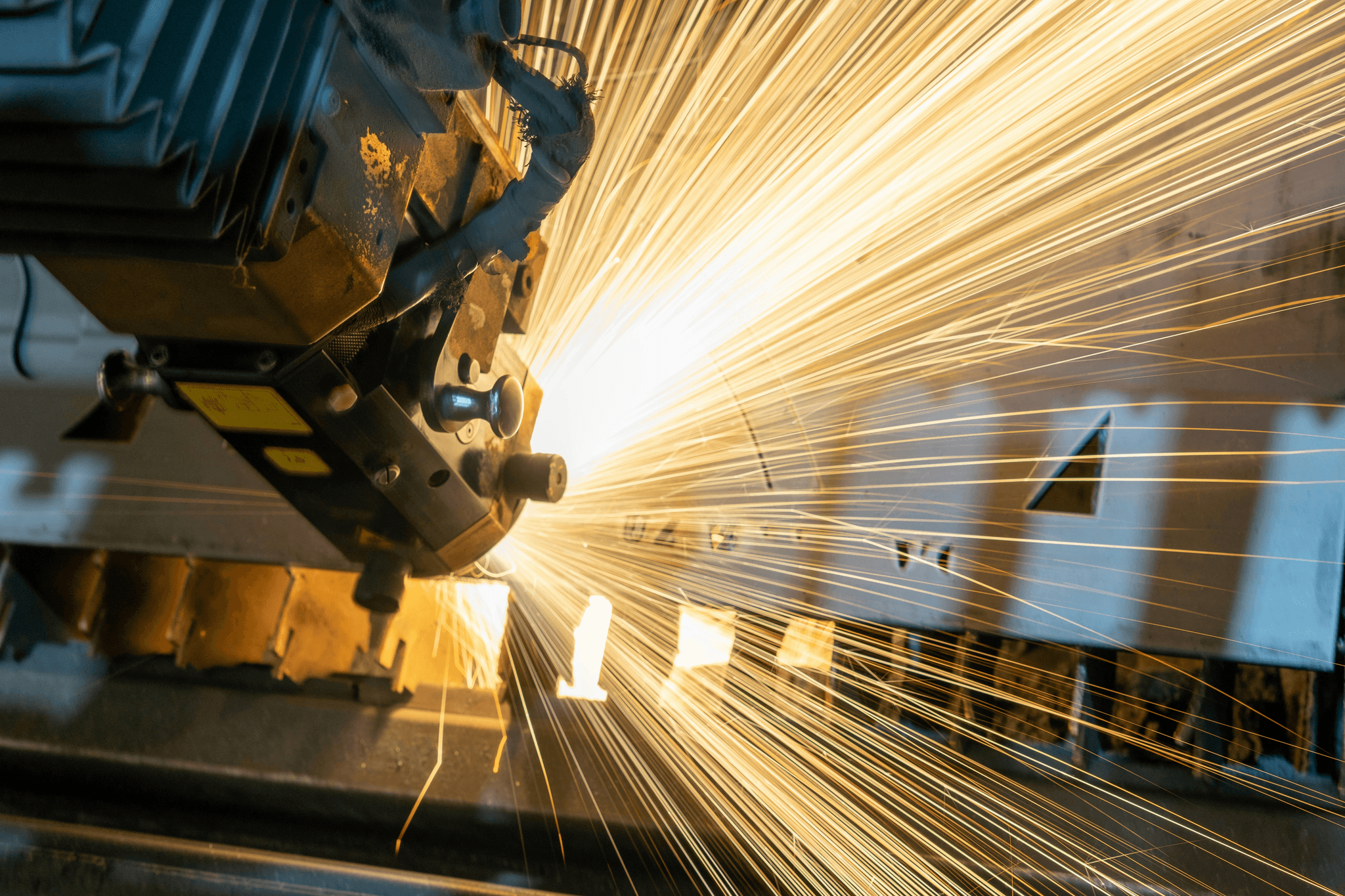
Steel tube cutting machines have revolutionized various industries by providing precise, efficient, and versatile solutions for metal cutting needs. From automotive to construction, the demand for high-quality steel cutters is on the rise, making it essential to understand their applications. This section delves into the industries that benefit most from these machines, their customization options, and real-world examples of successful implementations.
Industries That Benefit Most
Several key industries have embraced metal cutting machines due to their efficiency and precision. The automotive industry relies heavily on steel tube cutting machines for manufacturing components like exhaust systems and chassis parts where accuracy is paramount. Similarly, the construction sector benefits from pipe cutting machines that produce structural elements with exact specifications necessary for safety and durability.
In addition to automotive and construction, the aerospace industry utilizes advanced steel cutters for creating lightweight yet strong components critical for aircraft performance. The energy sector also sees significant advantages; whether it's oil and gas pipelines or renewable energy structures like wind turbines, precise tube cutting is essential. Overall, any industry requiring precision-engineered metal parts can gain from investing in a reliable steel cutting machine.
Customization and Versatility
One of the standout features of modern metal cutters is their ability to be customized according to specific project requirements. Steel tube cutting machines can be tailored with various attachments or settings that allow them to cut different types of materials or shapes efficiently. This versatility means that manufacturers can adapt their equipment as needed without investing in entirely new machinery.
Moreover, many tube cutting machines offer programmable features that enable users to execute complex cuts with minimal manual intervention—perfect for high-volume production runs where consistency is key. Whether you need intricate designs or standard lengths for pipes, a good steel cutter can handle it all without breaking a sweat (or your budget). Customization not only enhances productivity but also helps businesses stay competitive in an increasingly demanding market.
Case Studies of Successful Implementations
To illustrate the impact of steel tube cutting machines across industries, let’s look at some compelling case studies highlighting successful implementations. One notable example comes from an automotive manufacturer who integrated a state-of-the-art pipe cutting machine into its assembly line; this upgrade reduced waste by 30% while improving production speed significantly—allowing them to meet increasing consumer demands more effectively.
In another instance, a construction firm adopted advanced metal cutters equipped with CNC integration which streamlined their workflow when fabricating structural beams for large projects. By automating processes previously done manually, they increased efficiency by 50% while maintaining high-quality standards—a win-win situation! These case studies showcase how investing in advanced technology like steel tube cutting machines can lead to remarkable improvements in productivity and quality across diverse sectors.
Maintenance Tips for Your Steel Cutting Machine
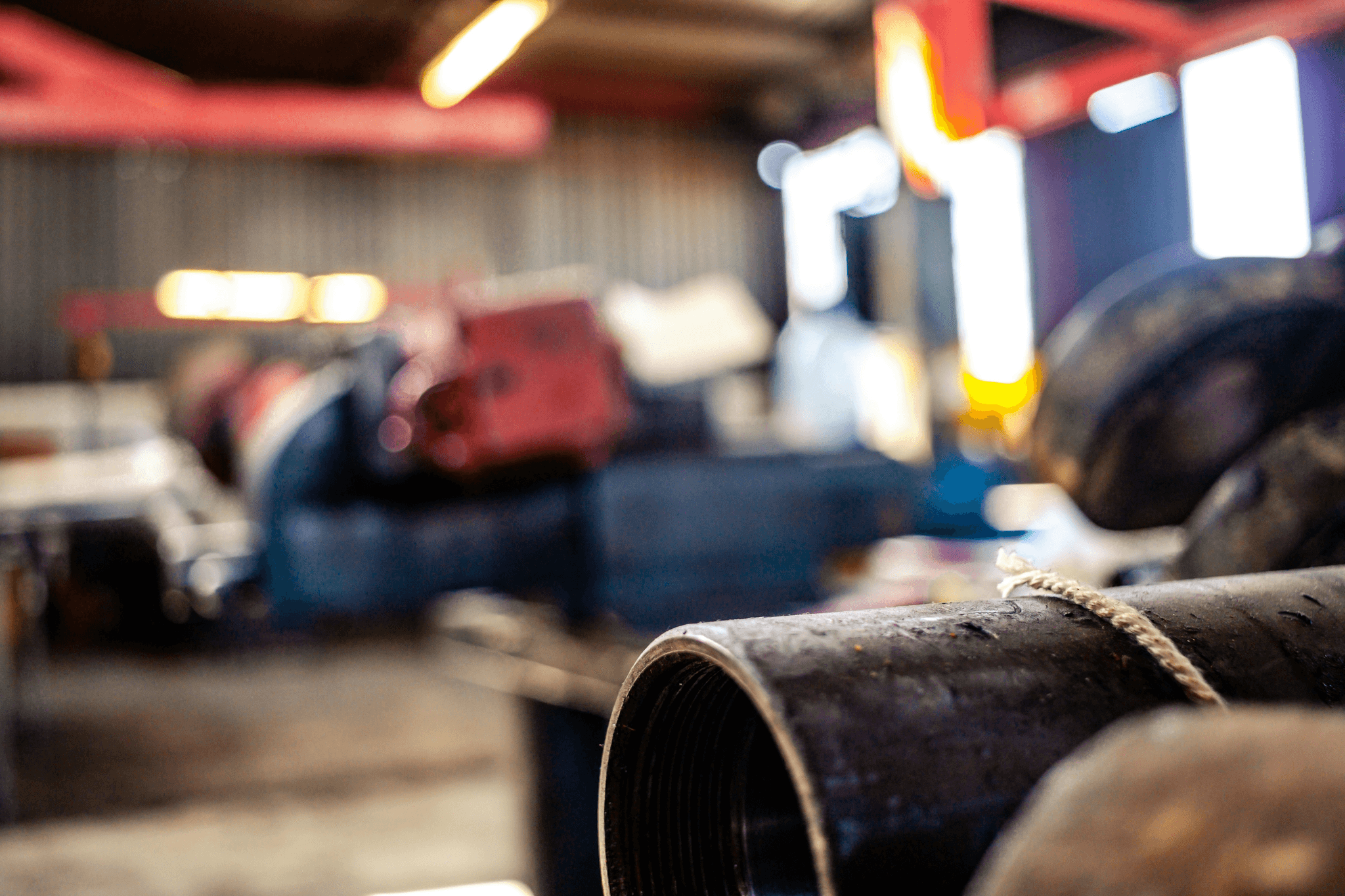
Maintaining your steel tube cutting machine is crucial for ensuring optimal performance and longevity. Regular upkeep not only enhances the efficiency of metal cutters but also helps prevent costly downtime. Here are some essential tips to keep your steel cutter running like a well-oiled machine.
Regular Inspection Protocols
Performing regular inspections on your metal cutting machine is vital to catch potential issues before they escalate. Check components such as blades, belts, and motors for wear and tear, ensuring that everything operates smoothly. Additionally, inspect the alignment of the tube cutting machine; even a slight misalignment can lead to inaccurate cuts and wasted materials.
Establish a routine inspection schedule based on your usage patterns—daily checks for high-use machines or weekly checks for those that are used less frequently. Don’t forget to clean the machine regularly; debris can accumulate and interfere with its operation. By staying proactive with inspections, you’ll ensure that your steel cutting machine remains in top shape.
Common Issues and Solutions
Even the best steel cutting machines can encounter problems from time to time, but many issues have straightforward solutions. One common issue is dull blades; if you notice a decline in cut quality, it’s time to replace or sharpen them. Additionally, watch out for overheating—if your metal cutter starts running hot, check coolant levels or consider adjusting feed rates.
Another frequent problem is electrical malfunctions; if you experience inconsistent power supply or strange noises, it might be worth checking connections and fuses first before calling in an expert technician. Keeping an eye on these common issues will save you both time and money while extending the life of your pipe cutting machine.
When to Seek Professional Help
While many maintenance tasks can be handled in-house, knowing when to call in professionals is equally important for maintaining your steel cutter’s performance. If you encounter persistent issues despite following maintenance protocols, it may indicate deeper mechanical problems requiring expert intervention. Additionally, any significant electrical faults should be addressed by qualified technicians who understand the intricacies of metal cutting machines.
Don’t hesitate to seek professional help if you're unsure about performing repairs yourself; safety should always come first when dealing with heavy machinery like tube cutting machines or plasma cutters. Investing in professional servicing at regular intervals can also enhance equipment longevity while keeping downtime minimal.
Conclusion
As we wrap up our exploration of steel tube cutting machines, it’s clear that the landscape of metal cutting technology is evolving rapidly. With advancements in precision and efficiency, today's metal cutting machines are not just tools but essential components in modern manufacturing. The future promises even more innovative solutions that will redefine how industries approach tube and pipe cutting.
The Future of Metal Cutting Technology
The future of metal cutting technology looks promising, with trends pointing towards enhanced automation and smarter systems. Steel cutters are becoming increasingly sophisticated, integrating AI and real-time monitoring to ensure optimal performance. As these innovations continue to develop, we can expect steel cutting machines to become more versatile, allowing for greater customization according to specific industry needs.
Why Choose Kiant Machinery
Our commitment to quality ensures that each metal cutter is designed for durability and precision, making them ideal for various applications. Moreover, our customer support is unparalleled—ensuring you have the resources you need when operating your steel cutting machine.
Elevating Your Manufacturing Process
Incorporating advanced tube cutting machines into your operations can significantly elevate your manufacturing process. With superior speed and efficiency offered by modern metal cutters, businesses can reduce downtime and improve overall productivity. By choosing the right equipment from trusted brands like Kiant Machinery, you not only enhance your capabilities but also position yourself ahead in a competitive market.
